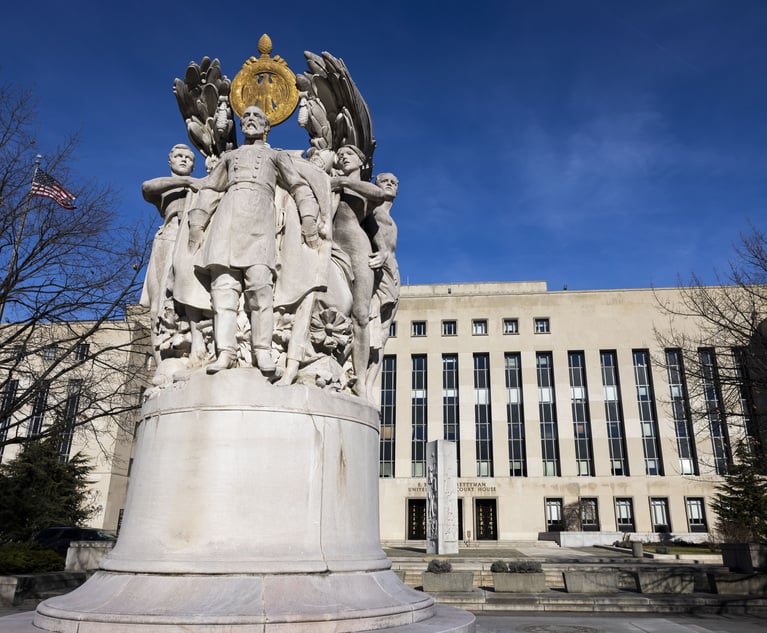The 2017 U.S. Tax Reform introduced the Opportunity Zone provisions as an incentive for taxpayer investment in low-income neighborhoods and combined the benefits of both tax deferral and tax elimination. Specifically, the Opportunity Zone provisions allow investors that recently generated a capital gain (e.g., from the sale of a business, stock, commodities, collectibles, real estate) to reinvest, within 180 days of the sale or exchange of such capital asset, the gain into a “Qualified Opportunity Fund” (QOF) thereby allowing the investor to defer the U.S. capital gain tax payment owed on those gains for up to eight years, reduce such capital gain tax liability by up to 15 percent and if an investor holds his interest in the QOF for 10 years or more, then he may be able to permanently exclude from U.S. federal tax any gain earned from the QOF investment.
On Oct. 19, the U.S. Treasury released highly anticipated proposed regulations and Revenue Ruling 2018-29, which addresses certain considerations associated with acquisitions of real property located in qualified opportunity zones (QOZs) and provides clarity on many of the Opportunity Zone provisions. We have summarized 15 key takeaways from this new guidance.
- The proposed regulations focus on the issues facing initial creation of funds and investments into QOZs, and should be considered adequate guidance to allow investments to begin. Specifically, the regulations provide guidance on the requirements for an investor to be able to defer capital gain, the self-certification of QOFs and the items required to qualify as a QOF. Future guidance to be issued will deal with forward looking events.
- The types of gains recognized and that are able to be deferred are short-term capital gains and long-term capital gains.
- The regulations effectively provide a partner in a partnership or an S corporation shareholder the ability to extend the 180-day investment window to up to 18 months if the entity recognized a capital gain.
- The investor can borrow against his interest in a QOF. Furthermore, it appears the QOF can refinance its property and distribute borrowed funds to its partners without imposing a tax liability.
- The tax attributes of the initial gain invested into a QOF are preserved. For example, a taxpayer will not be able to convert an initial capital gain that is short-term, to long-term if it continues to hold its interest in the QOF.
- Capital gains that are recognized on or before Dec. 31, 2026 and invested into a QOF by June 30, 2027 can benefit from investment into a QOF. Capital gains recognized on or before Dec. 31, 2019 can be deferred through Dec. 31, 2026 with the tax liability reduced by 15 percent. Capital gains recognized on or before Dec. 31, 2021 can be deferred through Dec. 31, 2026 with the tax liability reduced by 10 percent.
- Investors may sell or exchange QOZ investment and roll over deferred gain into new QOZ investment. It is unclear if gain recognized from investor’s sale of its first QOZ investment will be subject to U.S. federal tax or qualify for permanent exclusion provided investor satisfies the 10-year rule. This rule is ideal if the QOZ investment is depreciating in value.
- An appreciated QOZ investment can be sold on or before Dec. 31, 2047 without U.S. federal tax, so long as the taxpayer has held the investment for at least 10 years.
- A QOF must either put property located in a QOZ to first use or make substantial improvement to the property. Property is substantially improved when a QOF spends an amount equal to the tax basis in the property to improve the property. In the context of an acquisition of real property, substantial improvement requires that tax basis in the building but not the land be doubled. The tax basis in land is ignored for this purpose.
- Land and existing buildings can never have their original use in a QOZ commence with a QOF.
- A QOF’s assets must consist of at least 90% qualified opportunity zone property (QOZP). The proposed regulations clarify 90 percent assets test in two ways:
- The regulations provide a broad “working capital safe harbor” to enable initial cash contributions into the funds to be expended in a reasonable time frame. Thus, cash can be considered an investment in qualified opportunity business property so long as it’s designated to be used appropriately. This safe harbor also applies to the definition of nonqualified financial property.
- QOF can sell one qualifying investment and then QOF has a “reasonable period of time to reinvest” the return of capital into another qualifying investment and still maintain QOF status.
- To determine whether a QOF holds 90 percent assets in qualified opportunity zone property, a QOF with financial statements must use asset value on financials, whereas funds without financials must use cost basis of assets.
- QOFs are allowed to issue preferred shares if organized as a corporation and can make special allocations if organized as a partnership. This will be especially useful, if some investors in the fund invest capital that was not generated as a capital gain.
- There is more favorable treatment for QOZ stock and QOZ partnership interests than QOZ business property (e.g., satisfaction of 90 percent test). Thus, it appears that QOFs are better suited to become fund of funds.
- The entity to be used as a QOF must be organized in the United States, District of Columbia, or a U.S. possession (with additional criterion for investments made by entities based in possessions).


 Michael J. Bruno, associate, left, and Steven Hadjilogiou, partner, right, with McDermott Will & Emery.
Michael J. Bruno, associate, left, and Steven Hadjilogiou, partner, right, with McDermott Will & Emery.




